How to Propagate a Rose: A Step-by-Step Guide for Growing New Blooms
Roses are among the most beloved flowers in the garden world, known for their elegance, fragrance, and timeless beauty. Whether you're a seasoned gardener or just starting your green thumb journey, learning how to propagate roses is a rewarding experience that allows you to create new plants from your existing ones. Propagation not only saves money but also ensures you can enjoy more of your favorite rose varieties throughout your landscape. In this blog post, we'll walk you through everything you need to know about propagating roses successfully.

What is Rose Propagation?
Plant propagation is the process of creating new plants from an existing parent plant. For roses, one of the most effective and beginner-friendly methods is stem cutting propagation. This involves taking a healthy stem from a mature rose bush and encouraging it to develop roots in a controlled environment. In time, this cutting will grow into a new rose bush, identical to the original.
When is the Best Time to Propagate Roses?
The best time to propagate roses is late spring to early summer when the plant is actively growing and the stems are semi-hardwood (not too soft and not fully woody). This stage provides the best chance for root development.
Tools and Materials You’ll Need:
-
Sharp, clean pruning shears
-
Rooting hormone (optional but recommended)
-
A small pot or propagation tray
-
Potting soil or a mix of perlite and peat moss
-
A plastic bag or clear dome for humidity
-
A spray bottle with water
-
Labels and markers (to keep track of varieties)
Step-by-Step Guide to Propagating Roses:
Step 1: Choose the Right Stem
Select a healthy stem that has recently bloomed and is about 6-8 inches long. The stem should be firm but still flexible, with several leaf nodes.
Step 2: Cut and Prepare the Stem
Using your pruning shears, cut the stem just below a node (where a leaf joins the stem). Remove the lower leaves, keeping only the top two. If there are any flowers or buds, snip them off to direct the plant's energy into root development.
Step 3: Apply Rooting Hormone
Dip the cut end of the stem into water, then into rooting hormone powder or gel. This step is optional, but it increases your chances of success by stimulating root growth.
Step 4: Plant the Cutting
Fill your pot or tray with moist potting soil or a 50/50 mix of perlite and peat moss. Make a hole in the center and insert the cutting about 2-3 inches deep. Gently press the soil around the cutting to hold it in place.
Step 5: Create a Humid Environment
To retain moisture and humidity, cover the pot with a plastic bag or clear dome. Make sure the covering doesn't touch the cutting. You can use small stakes to keep the plastic off the plant.
Step 6: Provide Proper Care
Place the cutting in a bright, indirect light spot. Avoid direct sunlight, which can scorch the tender cutting. Mist the cutting daily to keep the humidity high, and water lightly to keep the soil moist but not soggy.
Step 7: Watch for Root Growth
After 3-4 weeks, gently tug on the cutting. If you feel resistance, roots are forming. Once the cutting has a healthy root system, you can transplant it into a larger pot or directly into your garden.
Tips for Successful Rose Propagation
-
Use clean tools to prevent disease transmission.
-
Be patient. Not all cuttings will root, and that’s okay.
-
Keep records of your cuttings to track which varieties root best.
-
Try propagating multiple cuttings to increase your success rate.
Transplanting and Caring for Your New Rose Plant
Once your cutting has rooted and begun to grow, transplant it to a larger container or your garden. Choose a spot with well-draining soil and at least six hours of sunlight per day. Water regularly and fertilize as needed to encourage healthy growth.
During the first year, focus on establishing strong roots rather than forcing blooms. Pinch off flower buds if they appear too early, as this diverts energy from root development.
Benefits of Rose Propagation
-
Cost-effective: Create multiple rose plants from one.
-
Cloning favorites: Propagate your most fragrant or vibrant rose varieties.
-
Gift-giving: Rooted rose cuttings make thoughtful, personal gifts for fellow garden lovers.
-
Sustainability: Reduce the need for commercially grown plants, lowering your carbon footprint.
Conclusion
Propagating roses is a simple yet fulfilling gardening project that offers both beauty and sustainability. With a little patience and the right techniques, you can multiply your favorite rose bushes and fill your garden with color, fragrance, and life. Whether you're expanding your garden or sharing your love for plants with friends, rose propagation is a skill every plant enthusiast should try. Happy planting!









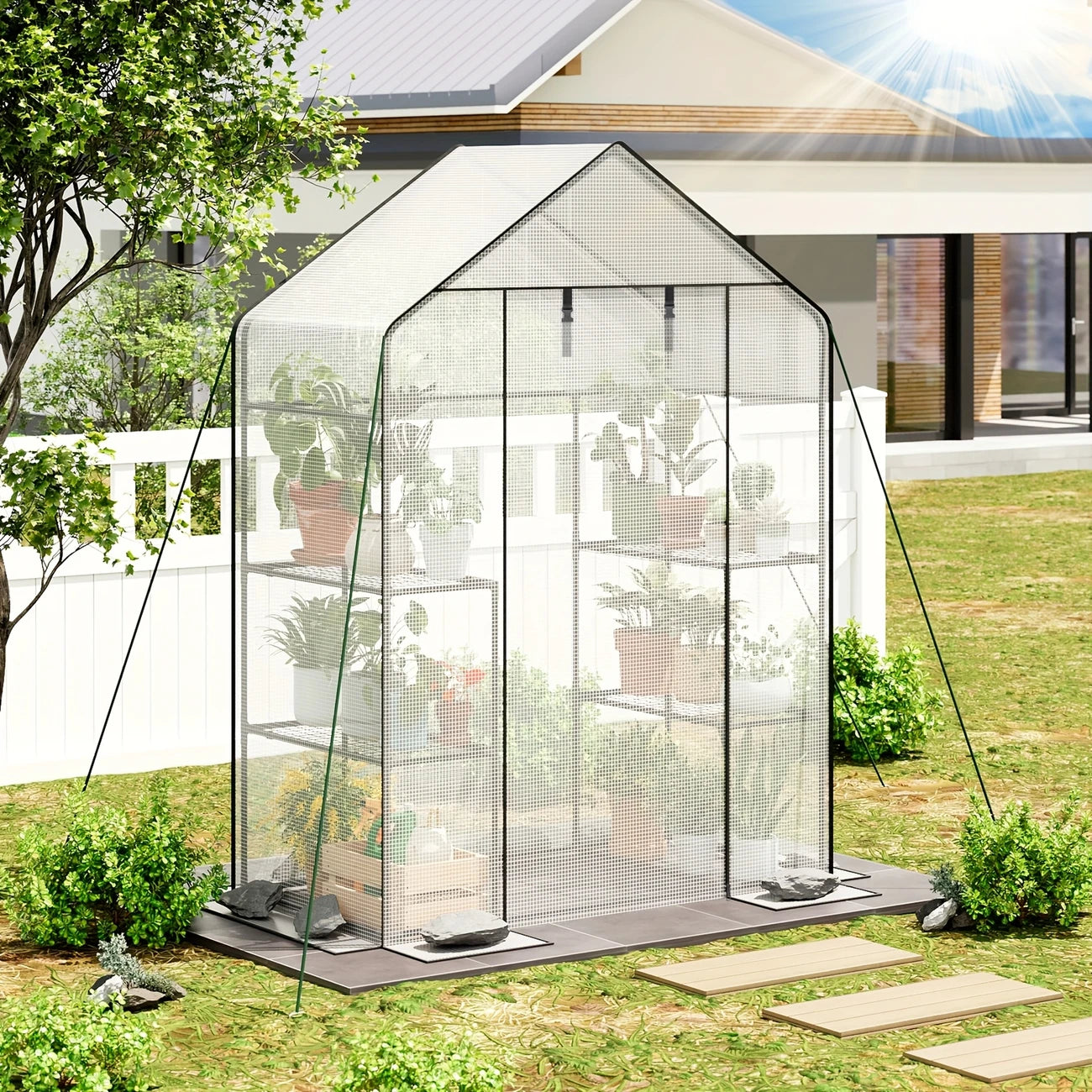
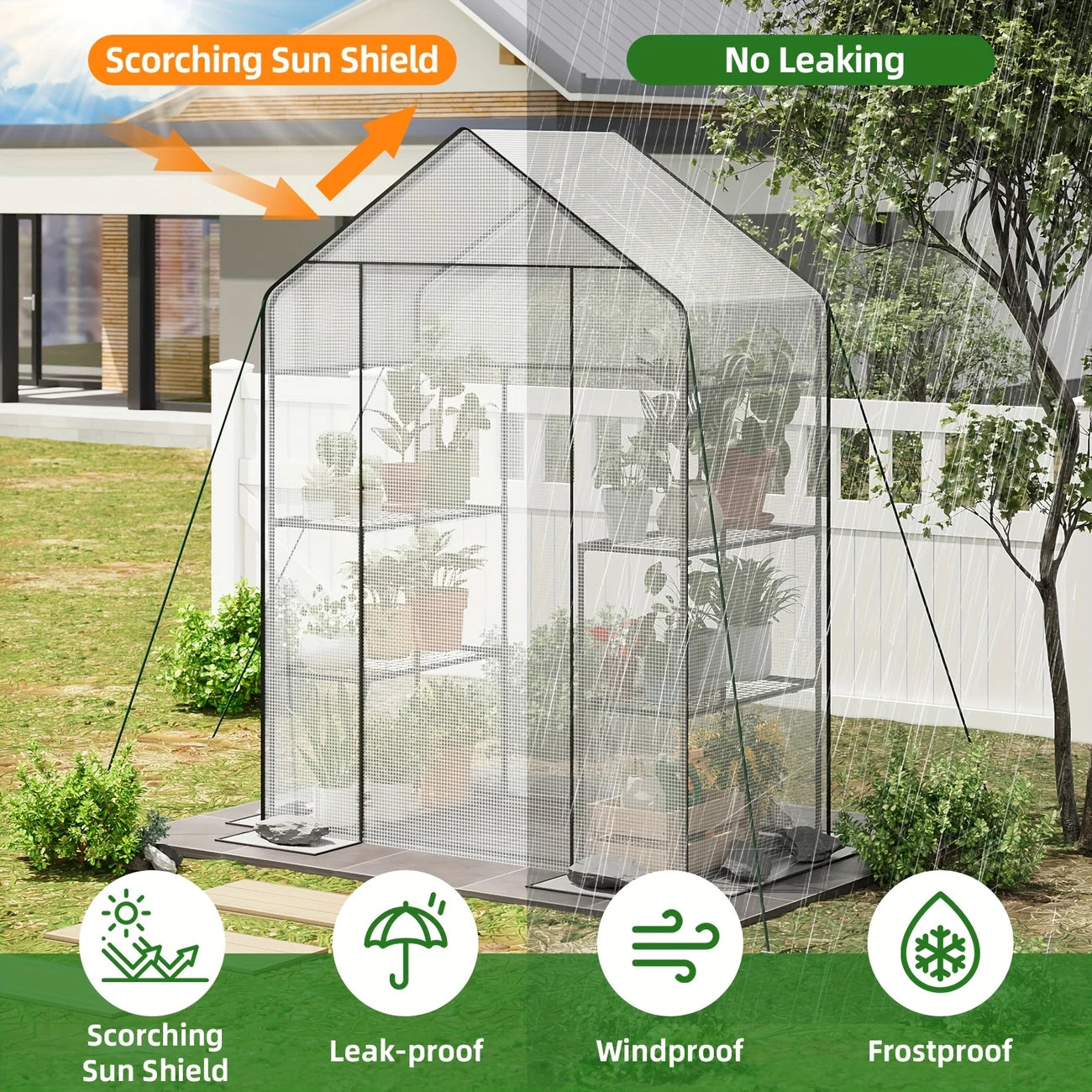
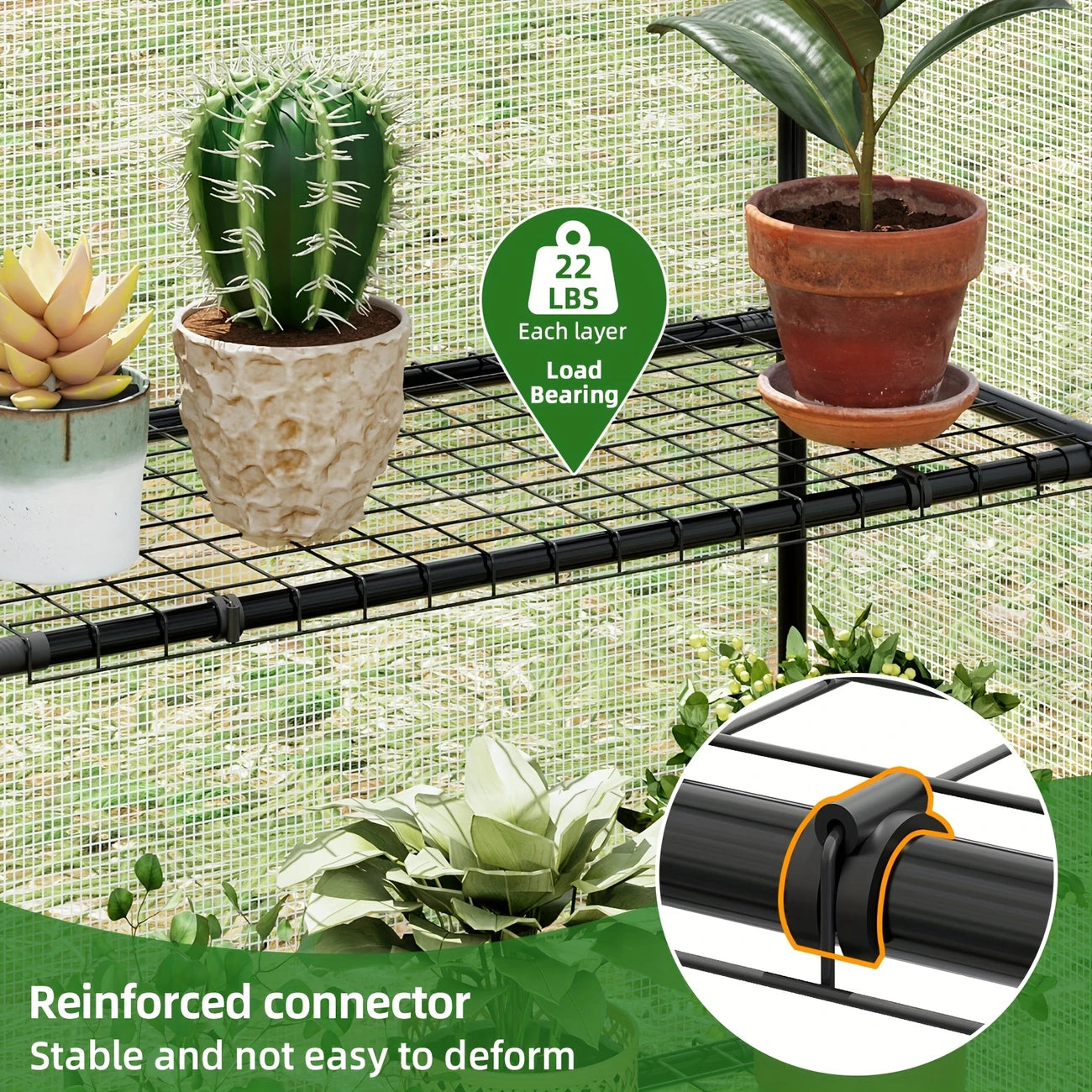


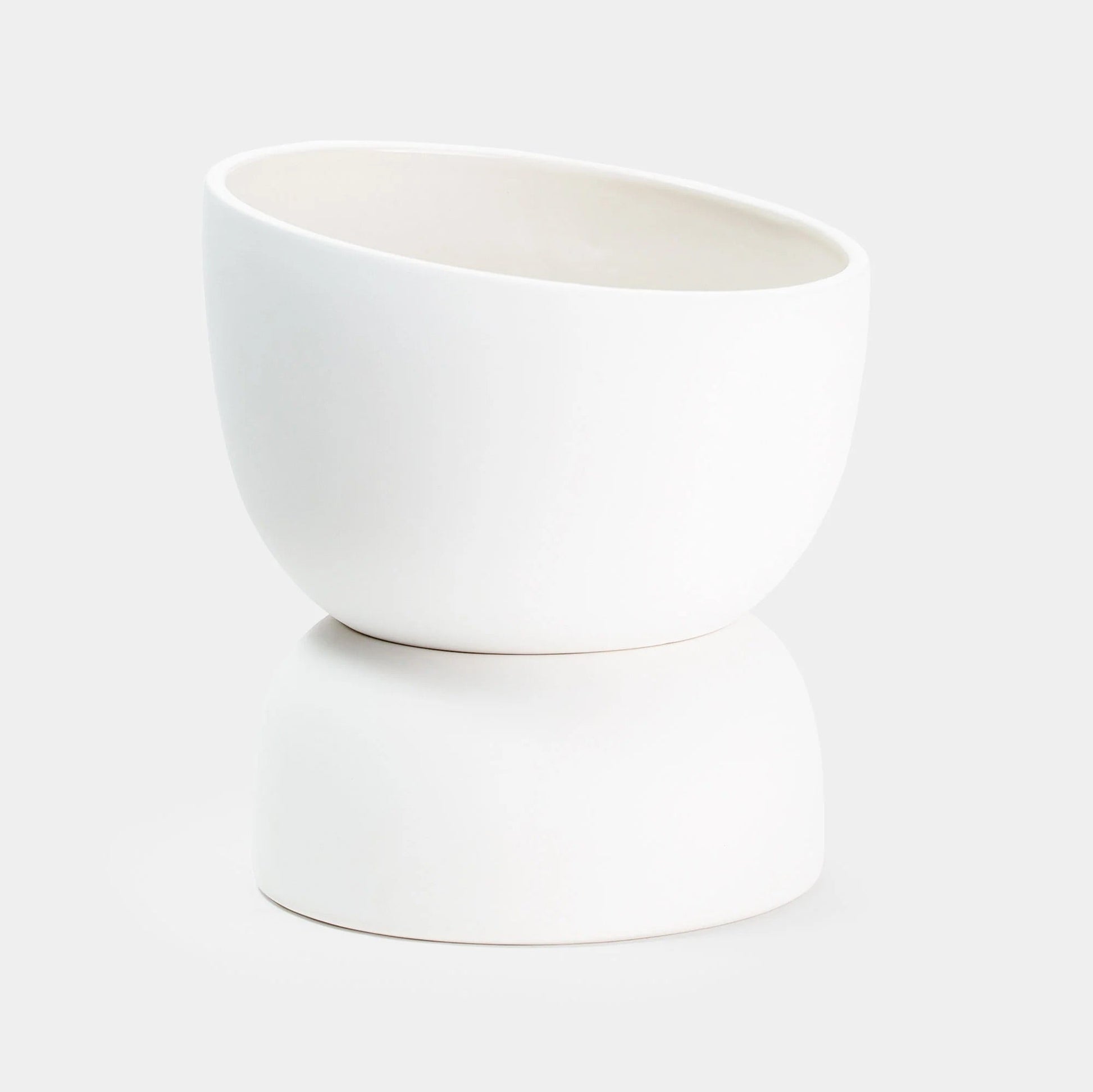

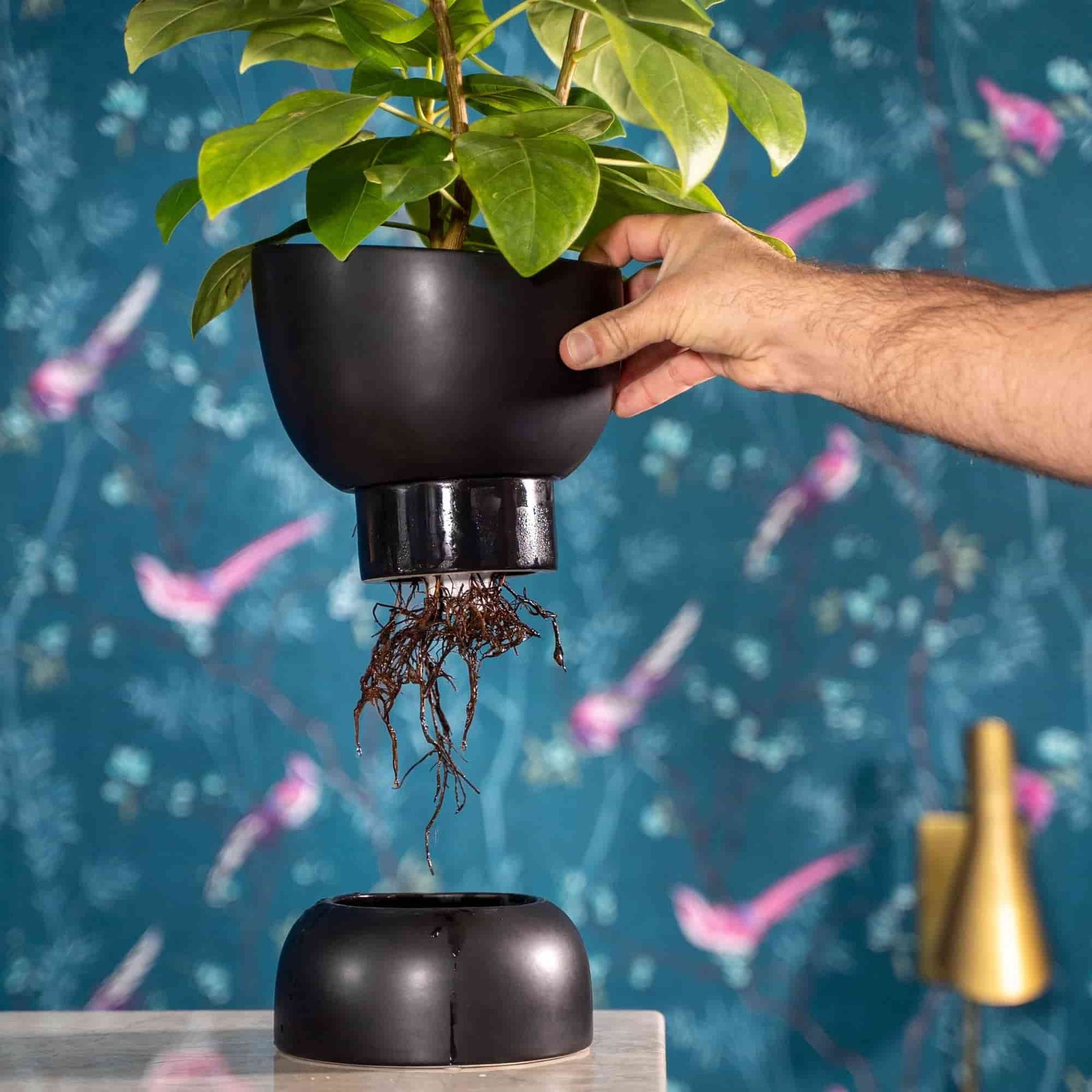




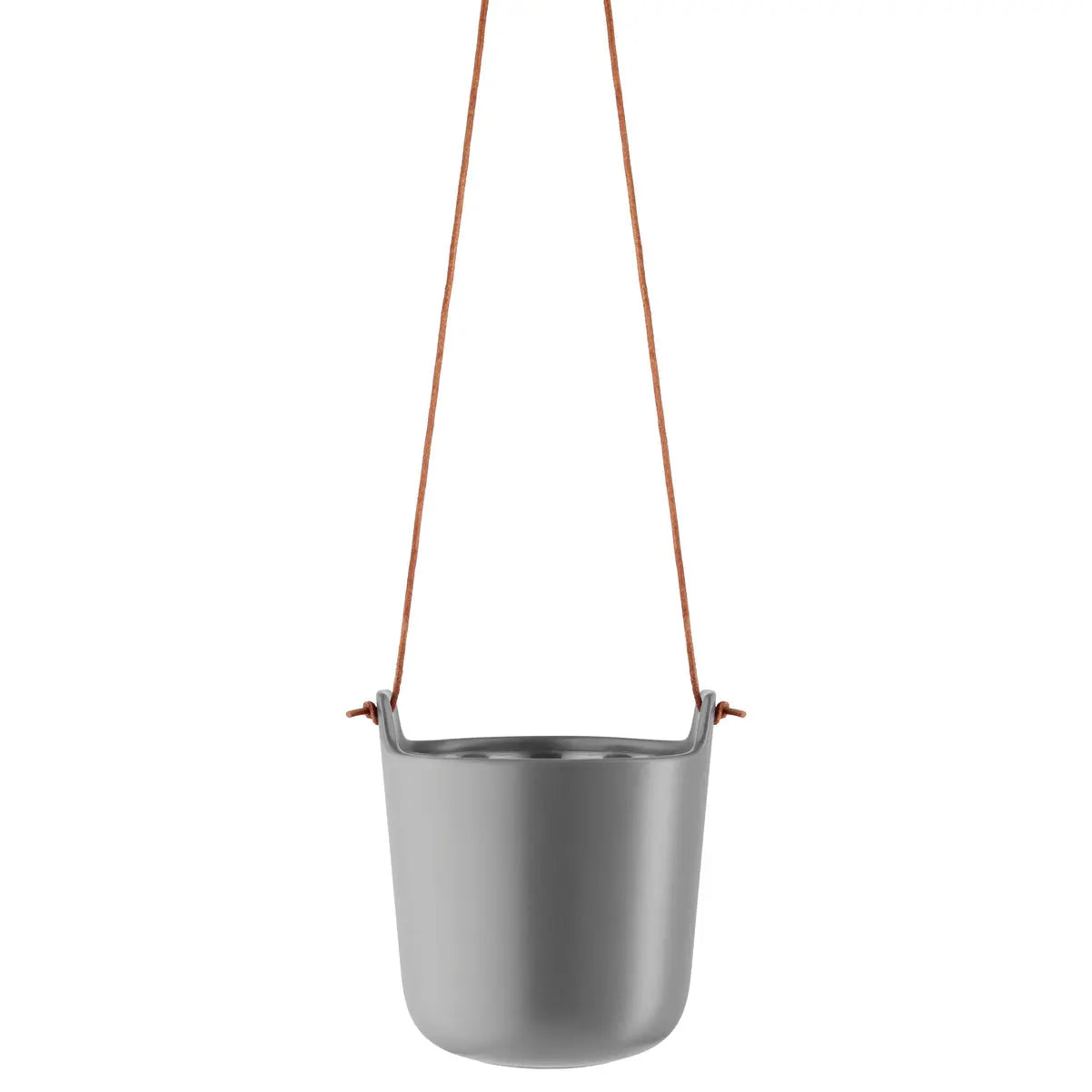
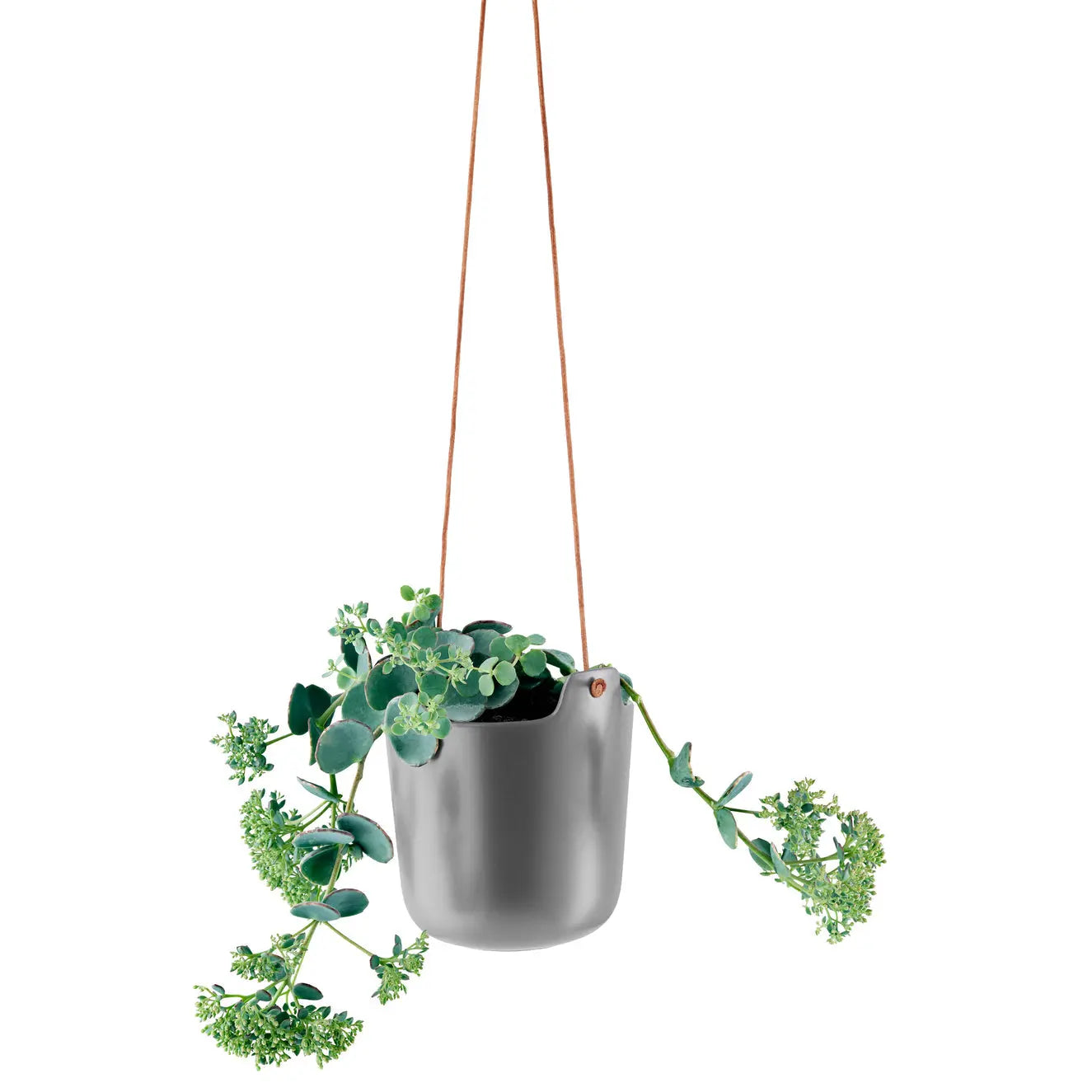
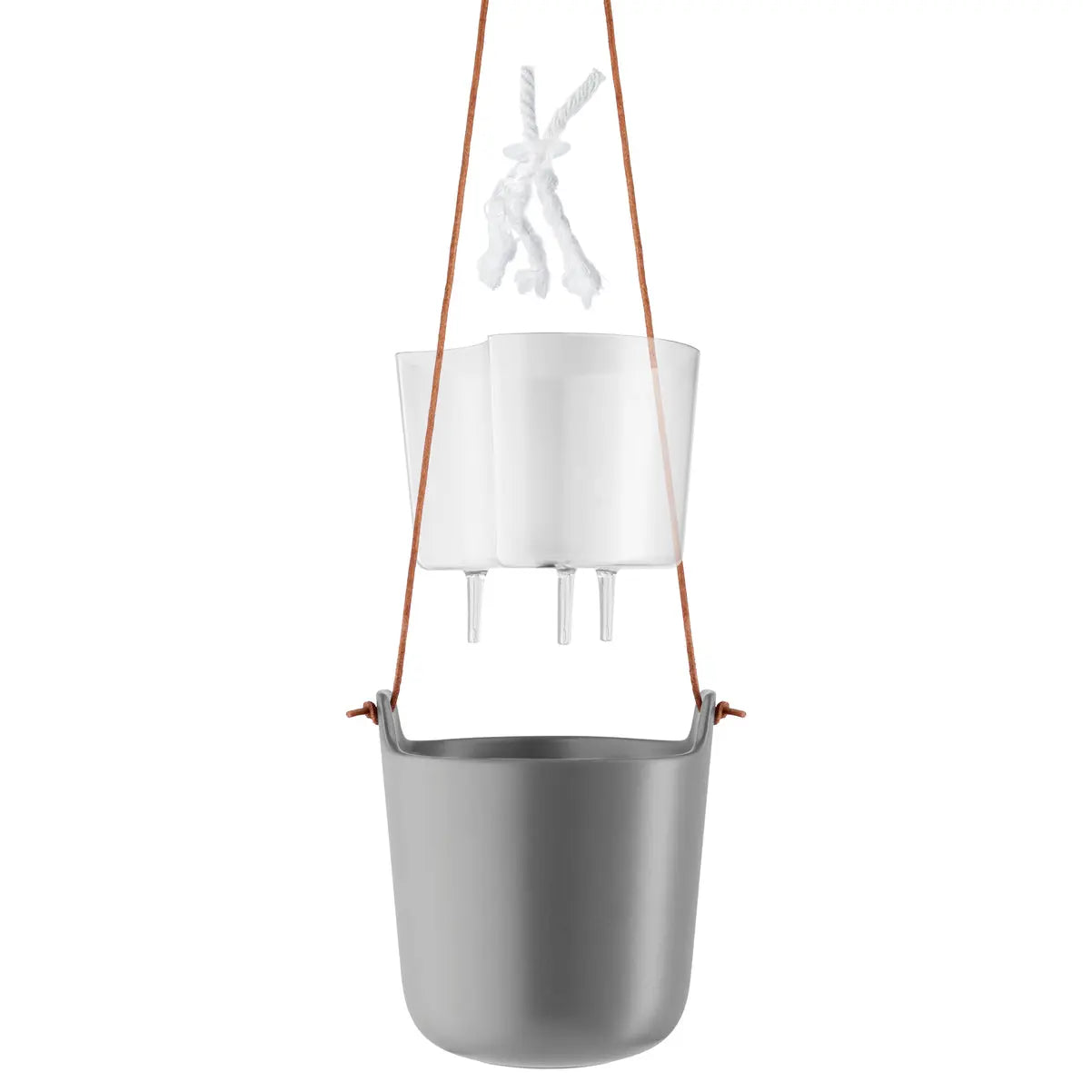
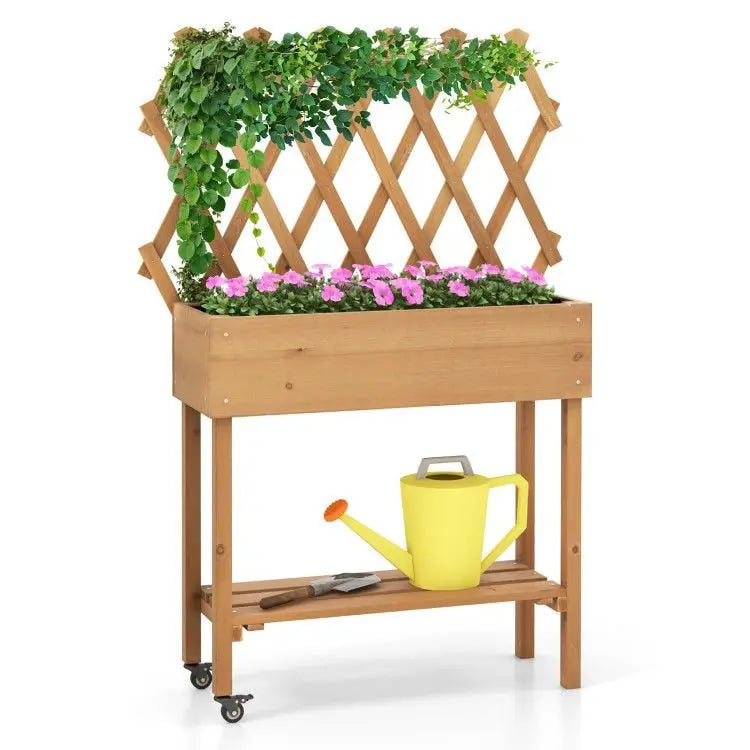
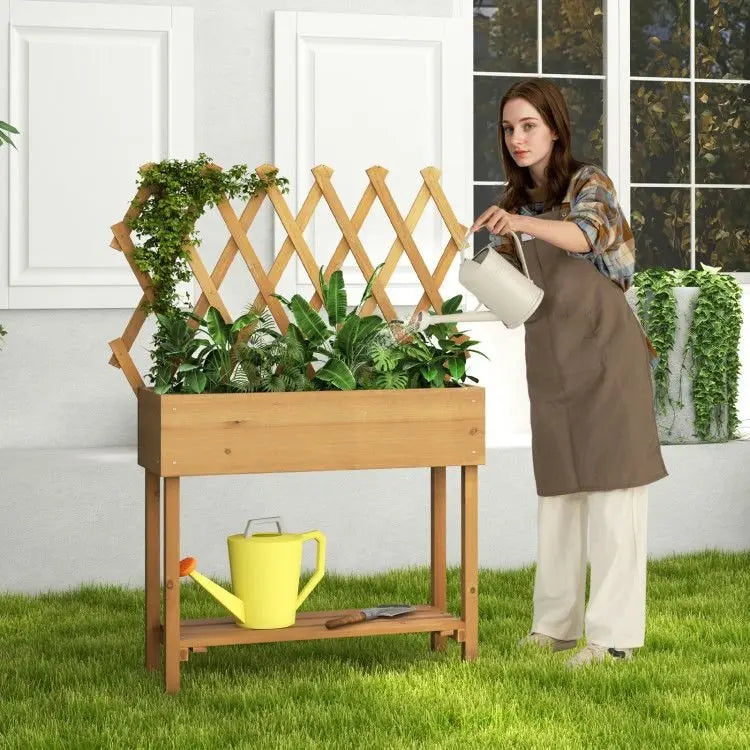

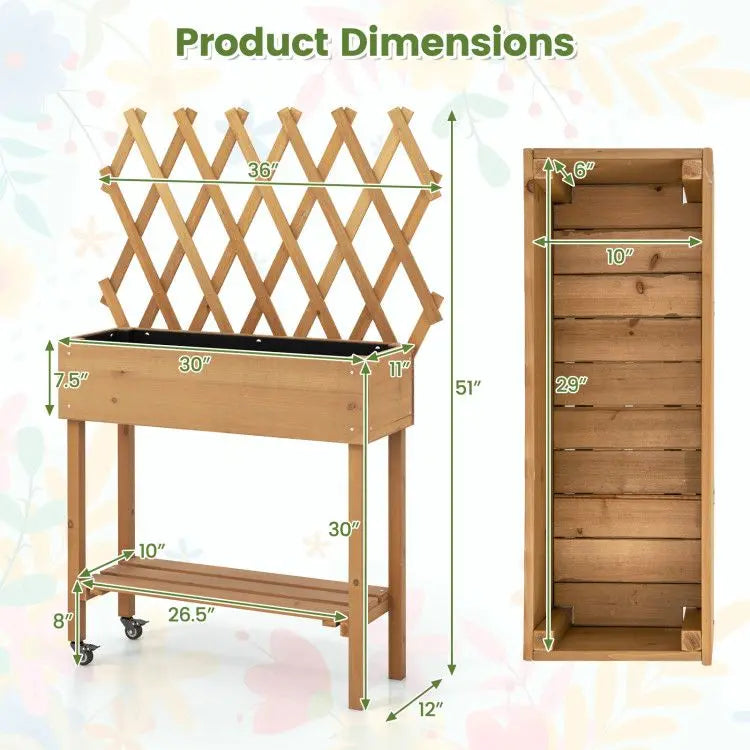


1 comment
Nice article.